Xenon VS LED car lights 1
How to choose?
When it comes to automotive lighting, there are two main options to consider: xenon and LED lights. Both have their own unique benefits and trade-offs, and choosing between them will depend on your specific needs and requirements.
Xenon lights, also known as HID (High-Intensity Discharge) lights, are a type of high-intensity lighting that use a mixture of gases and metal salts to produce a bright, white light. They were first introduced in the 1990s and have since become a popular alternative to traditional halogen lights. One of the main benefits of xenon lights is that they produce a brighter and whiter light compared to traditional halogen lights. This brighter light can greatly improve visibility, especially in low-light conditions, such as during nighttime driving or in inclement weather. Additionally, xenon lights have a longer lifespan compared to halogen lights, which can result in a lower cost of ownership over the long-term. This is because xenon lights can last up to five times longer compared to traditional halogen lights, reducing the need for frequent replacements.
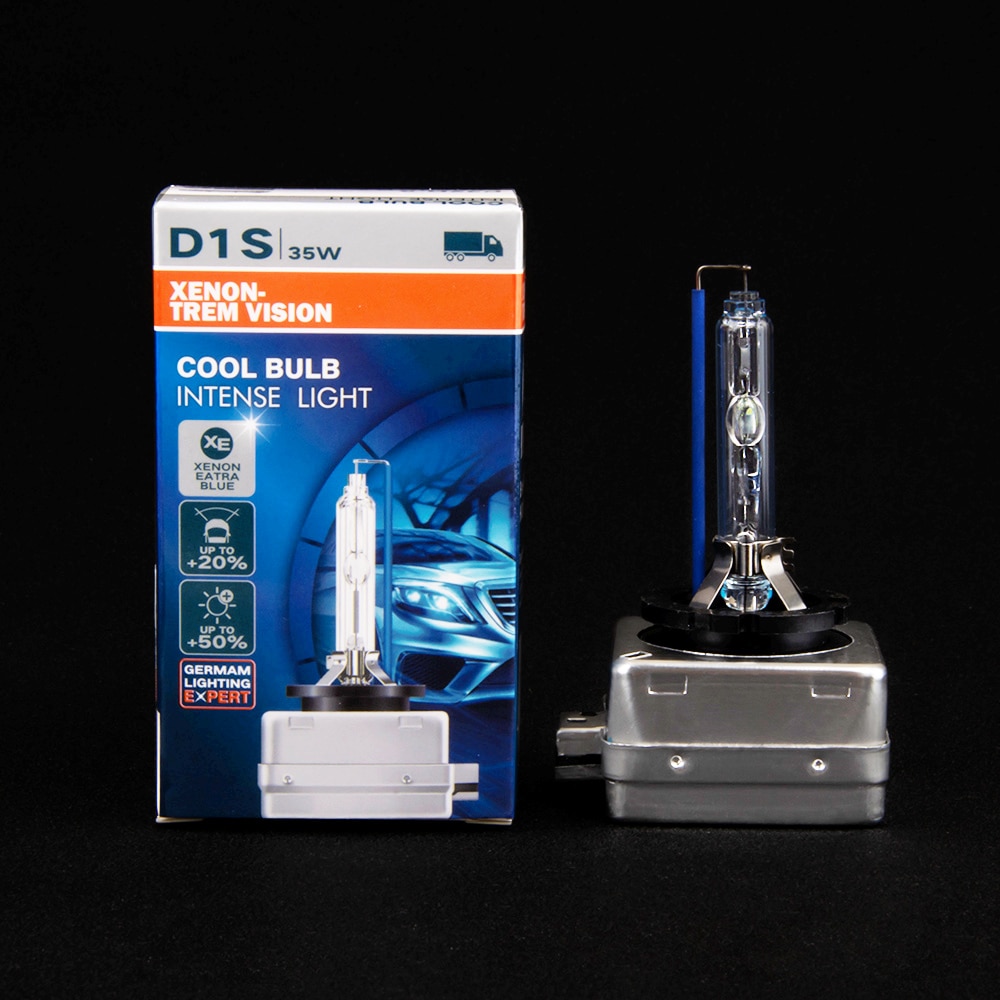
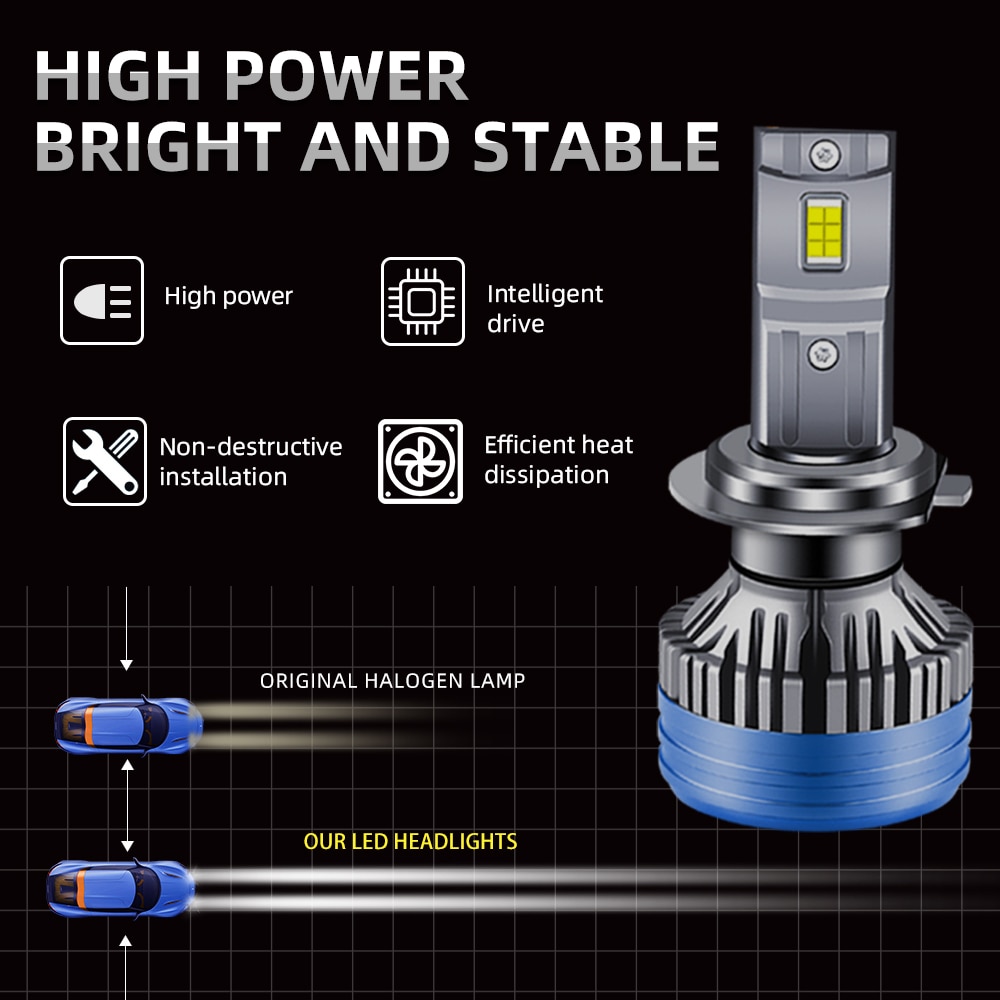
Another benefit of xenon lights is that they consume less power compared to traditional halogen lights. This can help to save fuel and reduce the load on your vehicle’s electrical system. Xenon lights are also more efficient compared to halogen lights, which means that they produce a brighter light with less energy. This is because xenon lights use a much higher voltage compared to halogen lights, which allows them to produce a brighter and more efficient light.
However, there are also some trade-offs associated with xenon lights. For one, they are generally more expensive compared to LED lights, and they require a high-voltage power supply, which can be more complex and costly to install. Additionally, xenon lights can be more susceptible to moisture and condensation compared to LED lights, which can lead to decreased performance and decreased lifespan.
LED lights, on the other hand, offer several benefits compared to xenon lights. LED stands for Light-Emitting Diode, and these lights use a semiconductor material to produce a bright, energy-efficient light. LED lights are more energy-efficient compared to xenon lights, and they have a longer lifespan compared to halogen lights. LED lights can last up to 50,000 hours or more, which is significantly longer compared to traditional halogen lights. This longer lifespan can result in a lower cost of ownership over the long-term, as you will need to replace your lights less frequently.
Another benefit of LED lights is that they are more compact compared to xenon lights, which means that they can be more easily integrated into modern car designs. LED lights are also available in a wide range of colors, which can offer a unique and custom look to your vehicle. Additionally, LED lights are more resistant to moisture and condensation compared to xenon lights, which can lead to better performance and a longer lifespan.
However, there are also some trade-offs associated with LED lights. For one, LED lights can be more expensive compared to xenon lights, and they may not produce as bright of a light compared to xenon lights, which can impact visibility in low-light conditions. Additionally, LED lights may not be as durable as xenon lights, as they can be more susceptible to impact damage compared to xenon lights.
When considering automotive lighting, it’s important to carefully evaluate the differences between xenon and LED lights. Both systems offer great benefits, and the choice between them will depend on your specific needs and requirements. Whether you choose xenon or LED lights, you can be sure that you will be making a great investment in your vehicle’s lighting and visibility. Factors such as power consumption, lifespan, cost, and durability should be taken into consideration when making your final decision. Additionally, it’s always a good idea to consult with a professional mechanic or an auto parts specialist to get their expert opinion and advice.
It’s also worth noting that different types of vehicles may require different types of lighting systems. For example, high-performance sports cars may benefit from the brighter and more efficient xenon lights, while family sedans may prefer the more compact and energy-efficient LED lights.
Ultimately, when it comes to choosing between xenon and LED lights, the most important thing is to make an informed decision based on your specific needs and requirements. By taking the time to evaluate both options, you can ensure that you choose the lighting system that best meets your needs and provides the best possible visibility and performance for your vehicle.

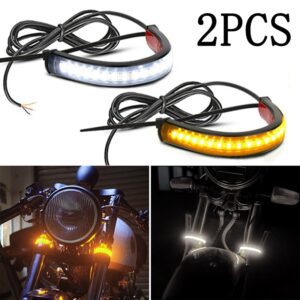

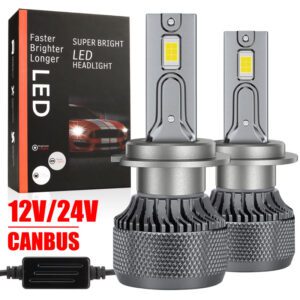
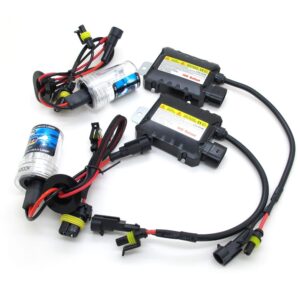
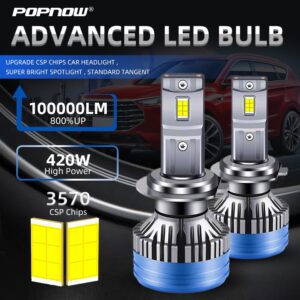
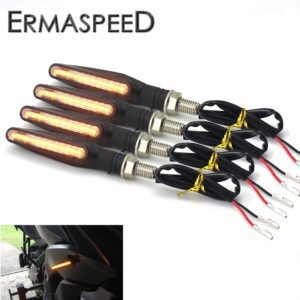
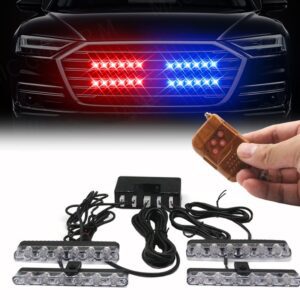

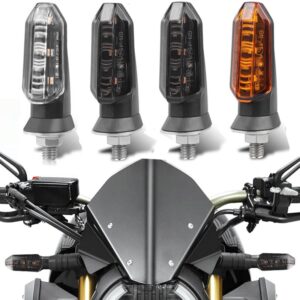
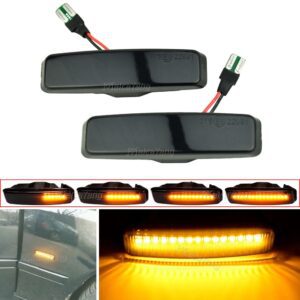
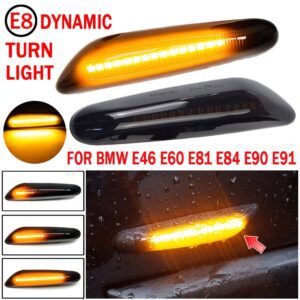
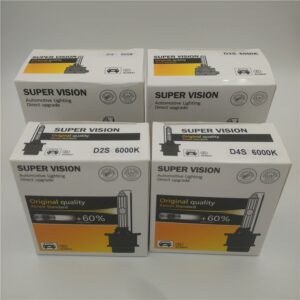

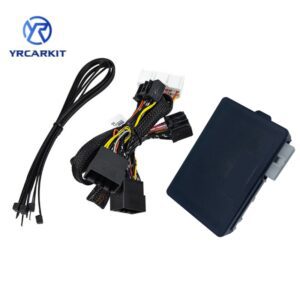





Salut, super article sur le débat des feux de voiture Xenon vs LED ! C’est toujours bon de connaître les différences entre ces types de feux lorsque vous cherchez à améliorer l’éclairage de votre voiture.
Personnellement, j’ai toujours été un fan des lumières LED car elles sont plus économes en énergie et ont tendance à durer plus longtemps. Mais je peux comprendre pourquoi les lumières Xenon pourraient être aussi attractives, surtout si vous recherchez un look haut de gamme très lumineux.
Il est intéressant d’en apprendre davantage sur la science derrière ces différents types de lumières aussi. Par exemple, je ne savais pas que les lumières Xenon utilisaient du gaz pour créer leur lumière blanche brillante.